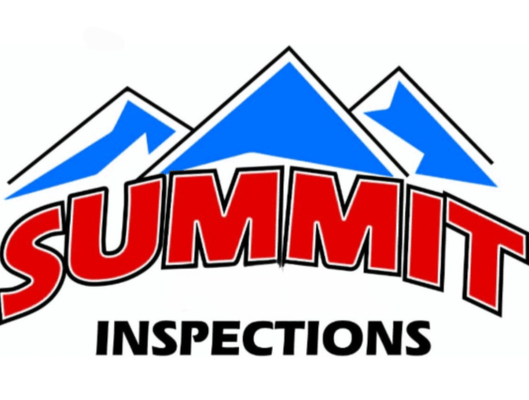
There are few things that strike fear into the hearts of homeowners like mold. The fungus thrives in damp, moist environments, and can do serious damage to the health of both the home and the people living there. When buying a new home, it’s worth investing in a separate mold inspection. Though you might assume your average home inspection includes a mold inspection, the truth is a little more complicated. With full knowledge of your home, though, you can combat mold and ensure your family is safe in the new space.
Understanding Mold
We’ve all seen mold at one point or another; the black fungus can grow virtually anywhere there is moisture. Most commonly found in the corners of showers and in damp attics, these microscopic particles are often invisible to the naked eye. Home inspector certification courses prepare professionals to look out for red flags that the average homeowner might miss. It may shock you to learn that mold is actually all around – it’s almost impossible to rid a home of the stuff completely. Thankfully, mold spores don’t actually become mold unless they land on a moist spot.
When this happens, though, the results can be dangerous. Mold spreads quickly and can cause serious health problems for people living in the home. Symptoms include throat irritation, coughing, sneezing, and nasal congestion. Even once it is cleaned up, mold can rapidly become a problem again. In many cases, a mold inspection is necessary to find both the cause and an appropriate solution for the issue.
How Mold Inspections Work
Many homeowners do not realize their housing inspection did not include a thorough mold inspection. In fact, some home inspectors are not qualified to conduct such an assessment. Home inspector certification does not always require professionals to train in this specific kind of inspection. Before you hire anyone to do a mold inspection, be sure they are certified to do such work.
The mold inspection process begins with a chat about where mold is suspected. The homeowner can point out any areas of concern to the inspector, including any spots where water damage or moisture has been a challenge in the past. Then, the home inspector will look to see if any drywall or paneling has signs of mold growth. No special equipment is needed – a flashlight and a discerning, experienced eye can spot mold wherever it might be growing.
Finding a Reputable, Honest Home Inspector
Not every home inspector offers mold inspection services. If you’re hoping to find a trustworthy professional to help you spot mold, you’ll want to look for someone who mentions explicitly mold inspections on their website. Call to confirm a home inspector’s ability to perform such an inspection before booking an appointment.
Look for a contractor who has both experience and expertise in mold inspections. While you have them on the line, ask how many mold inspections they’re conducted in the last six months. It’s worth your time to call around for estimates, as mold remediation services can be pricey. To understand what certifications or licenses a local inspector needs, be sure to check with your state health or labor department. Not every home inspection certification program includes mold inspection training, so it’s important to do your homework.
You may also want to consider an inspector’s affiliation with professional home inspection organizations. InterNACHI, one of the leading professional groups for home inspectors, extends membership to experienced, educated inspectors nationwide. In addition to checking for a person’s home inspection certification, their status with InterNACHI can also add credibility. Of course, checking with friends, family, and neighbors is also a good way to find professional home inspectors you can trust!
Next Steps
Should an inspector discover mold in your home, you’ll want to create a remediation plan with them. Typically, this begins with removing mold on the surface of your home. Moisture removal is next. Without removing the source of the moisture, mold will continue to be a problem. Hard surfaces should be scrubbed clean, while carpeted areas will need to be replaced altogether.
Mold inspection can reveal that the fungus has spread to unmanageable levels. Call in a contractor to deal with contamination than exceeds 10 feet. Professionals have the safety gear and cleaning equipment necessary for such a large job. Mold is an incredibly serious issue, and without the right precautions, your health could suffer during cleanup.
Stop mold contamination in your home before it becomes a hazard. While an official mold inspection may cost a few hundred dollars upfront, the peace of mind of a mold-free home is priceless. The second you spot mold growing in your house, it’s time to call a home inspector for a professional mold inspection.
The post Mold Inspection: How to Hire the Right Professional for Your Home appeared first on Home Inspection Training & Certification Online.
